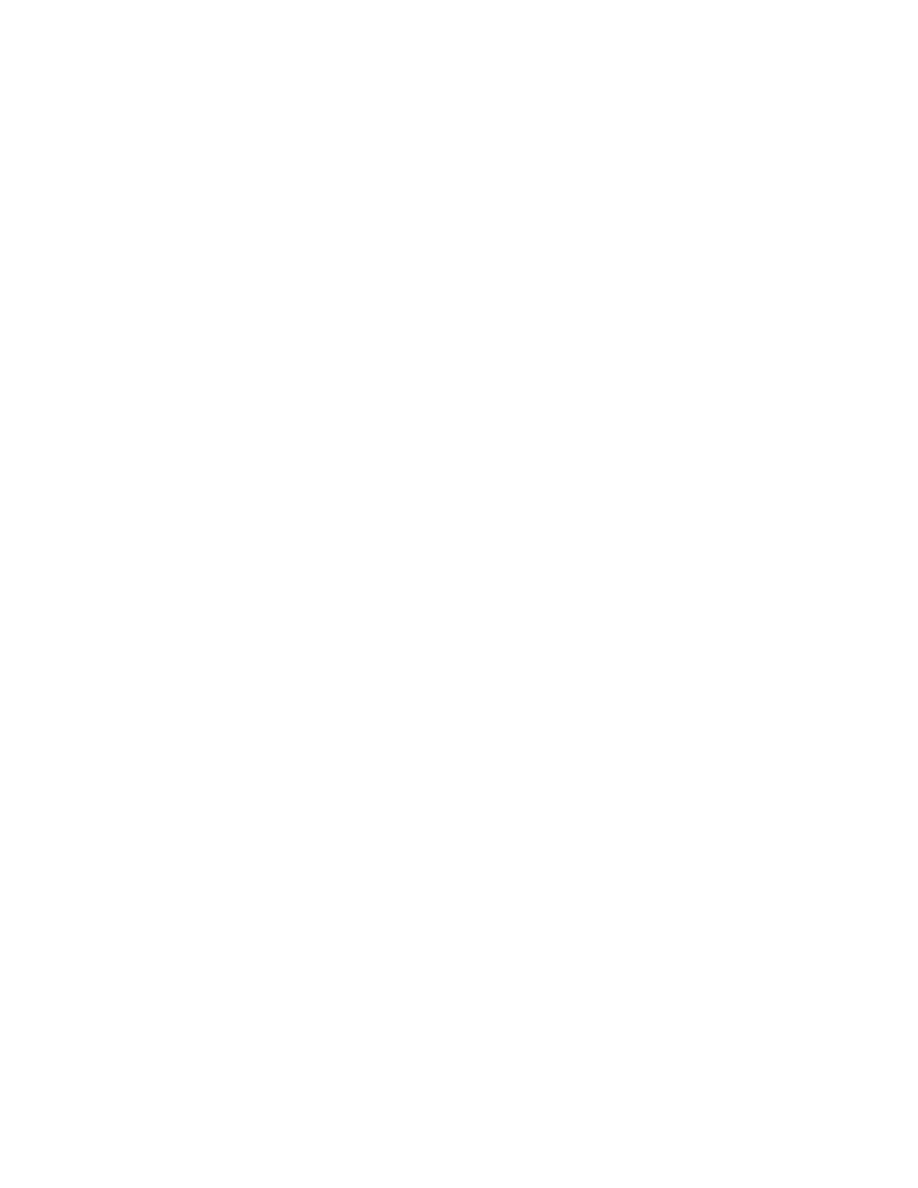
819
Federal Aviation Administration, DOT
§ 91.1067
major appliances, performance and op-
erating limitations, standard and
emergency operating procedures, and
the contents of the accepted operating
manual or equivalent, as applicable;
(3) For each type of aircraft to be
flown by the pilot, the method of deter-
mining compliance with weight and
balance limitations for takeoff, landing
and en route operations;
(4) Navigation and use of air naviga-
tion aids appropriate to the operation
or pilot authorization, including, when
applicable, instrument approach facili-
ties and procedures;
(5) Air traffic control procedures, in-
cluding IFR procedures when applica-
ble;
(6) Meteorology in general, including
the principles of frontal systems, icing,
fog, thunderstorms, and windshear,
and, if appropriate for the operation of
the program manager, high altitude
weather;
(7) Procedures for—
(i) Recognizing and avoiding severe
weather situations;
(ii) Escaping from severe weather sit-
uations, in case of inadvertent encoun-
ters, including low-altitude windshear
(except that rotorcraft aircraft pilots
are not required to be tested on escap-
ing from low-altitude windshear); and
(iii) Operating in or near thunder-
storms (including best penetration al-
titudes), turbulent air (including clear
air turbulence), icing, hail, and other
potentially hazardous meteorological
conditions; and
(8) New equipment, procedures, or
techniques, as appropriate.
(b) No program manager or owner
may use a pilot, nor may any person
serve as a pilot, in any aircraft unless,
since the beginning of the 12th month
before that service, that pilot has
passed a competency check given by
the Administrator or an authorized
check pilot in that class of aircraft, if
single-engine aircraft other than tur-
bojet, or that type of aircraft, if rotor-
craft, multiengine aircraft, or turbojet
airplane, to determine the pilot’s com-
petence in practical skills and tech-
niques in that aircraft or class of air-
craft. The extent of the competency
check will be determined by the Ad-
ministrator or authorized check pilot
conducting the competency check. The
competency check may include any of
the maneuvers and procedures cur-
rently required for the original
issuance of the particular pilot certifi-
cate required for the operations au-
thorized and appropriate to the cat-
egory, class and type of aircraft in-
volved. For the purposes of this para-
graph, type, as to an airplane, means
any one of a group of airplanes deter-
mined by the Administrator to have a
similar means of propulsion, the same
manufacturer, and no significantly dif-
ferent handling or flight characteris-
tics. For the purposes of this para-
graph, type, as to a rotorcraft, means a
basic make and model.
(c) The instrument proficiency check
required by § 91.1069 may be substituted
for the competency check required by
this section for the type of aircraft
used in the check.
(d) For the purpose of this subpart,
competent performance of a procedure
or maneuver by a person to be used as
a pilot requires that the pilot be the
obvious master of the aircraft, with the
successful outcome of the maneuver
never in doubt.
(e) The Administrator or authorized
check pilot certifies the competency of
each pilot who passes the knowledge or
flight check in the program manager’s
pilot records.
(f) All or portions of a required com-
petency check may be given in an air-
craft simulator or other appropriate
training device, if approved by the Ad-
ministrator.
(g) If the program manager is author-
ized to conduct EFVS operations, the
competency check in paragraph (b) of
this section must include tasks appro-
priate to the EFVS operations the cer-
tificate holder is authorized to con-
duct.
[Docket No. FAA–2001–10047, 68 FR 54561,
Sept. 17, 2003, as amended by Docket FAA–
2013–0485, Amdt. 91–345, 81 FR 90175, Dec. 13,
2016]
§ 91.1067
Initial and recurrent flight
attendant crewmember testing re-
quirements.
No program manager or owner may
use a flight attendant crewmember,
nor may any person serve as a flight
attendant crewmember unless, since
the beginning of the 12th month before
VerDate Sep<11>2014
16:30 Jun 25, 2019
Jkt 247047
PO 00000
Frm 00829
Fmt 8010
Sfmt 8010
Q:\14\14V2.TXT
PC31
kpayne on VMOFRWIN702 with $$_JOB